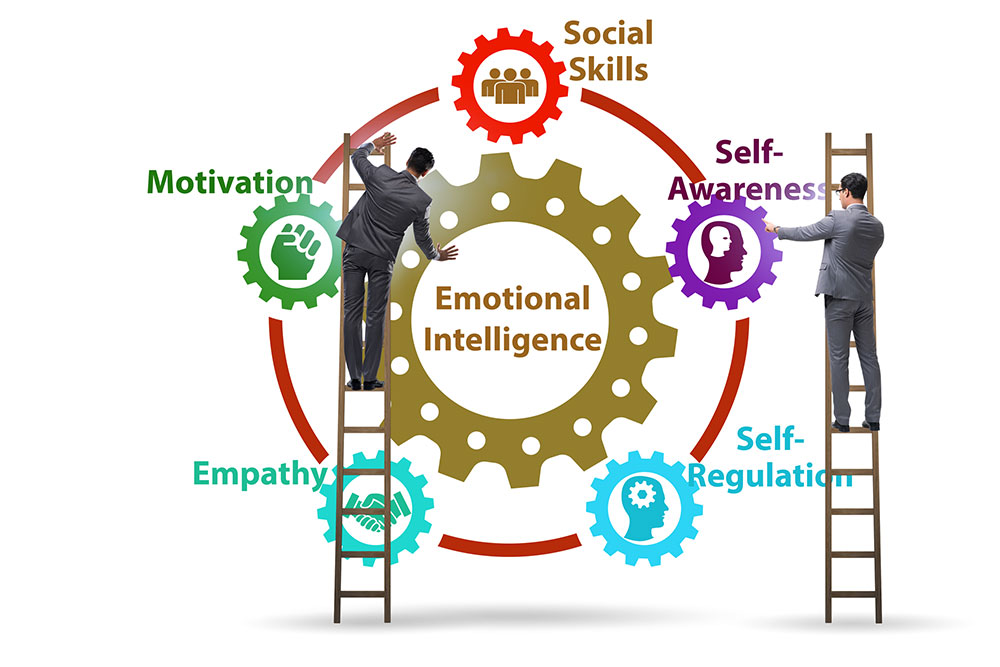Welcome back to Part 7 of our 9-part series.
Today, I’m excited to share some incredible insights from my last session with David and Amber, who admitted they had no patience, no plan, and no clue about how to parent 15-year-old Johnny, who struggles with ADHD and chronic challenging behavior.
We’ve been diving deep into the world of Collaborative Problem- Solving® to help Johnny build the skills he needs to meet the demands he faces each day! And let me tell you, it’s been a journey filled with great progress!
David and Amber Get A Snapshot Of Johnny’s Challenges
In our last session, I introduced David and Amber to a fantastic tool called the Collaborative Problem Solving® Assessment and Planning Tool (CPS-APT). This tool provides basic instructions and a place to make three lists: Problems, Skill Struggles, and Challenging Behaviors.
By understanding how each list impacts Johnny, David and Amber gained a clearer picture of Johnny’s needs:
- Why Johnny struggles (lagging skills)
- When he struggles (problems to be solved)
- and What follows (challenging behavior).
These lists ensure that Johnny’s behavior is predictable. Best of all, they ensure that his challenging behaviors are now preventable!
Identifying and understanding each list helped them recognize how Johnny’s skill struggles impacted his ability to meet adult expectations.
For example, while skill struggles in one area make it difficult for kiddos to meet adult expectations, David and Amber discovered that Johnny is lagging in multiple areas!
Clarity Brings Confidence
Collaborative Problem Solving® asserts that understanding 1) which specific skills interfere with Johny’s ability to meet expectations and 2) which problems to be solved cause challenging behavior is important for three reasons.
- It helps adults have empathy (Better relationships).
- It lets the adults know which situations are difficult (No surprises).
- It lets the adult know which skills must be built (Clarity and confidence).
Now that David and Amber have a clearer image of Johnny’s needs, they have a roadmap to help them build these thinking skills—and it’s a game-changer!
Lagging Skills Are The Culprit

Collaborative Problem Solving® recognizes that there are five domains of neurocognitive skills in which challenging kiddos may struggle. These domains significantly affect how Johnny copes with demanding situations at home and school.
We discussed the domains listed below to help David and Amber identify the specific skill struggles that make it hard for Johnny to handle specific situations.
Doing so helped them take a critical step in helping Johnny thrive: Predicting where Johnny’s skill struggles will surface so they are no longer blindsided by his challenging behavior:
Language and Communication Skills:
This domain involves how Johnny expresses himself, understands others, and communicates his needs and emotions. For challenging kiddos like Johnny, expressing himself—putting language to his feelings and telling others what’s bothering him—is difficult, leading to misunderstandings and frustrations for everyone!
Attention and Working Memory Skills:
This domain highlights a kiddo’s ability to stay focused and remember information during tasks. Challenging kiddos like Johnny might find it difficult to pay attention or remember instructions, interfering with their ability to complete assignments or follow through with expectations.
Emotion and Self-Regulation Skills:
Here, we explore how our kids manage their emotions and reactions. For Johnny, regulating emotions might be challenging, leading to outbursts or withdrawal from social situations when things don’t go his way.
Cognitive Flexibility Skills:
This domain involves how kiddos handle transitions and shifts between activities. Johnny might struggle with changes in routines or tasks, leading to resistance, disruptions, or defiance at home and school.
Social Thinking Skills:
We examine how kiddos understand social cues, perspectives, and interactions in this domain. Johnny might have difficulty with perspective-taking and paying attention to verbal and non-verbal cues, leading to misunderstandings with peers and social isolation.
David And Amber’s Assessment Challenge
Since not all skill struggles are created equal, I asked David and Amber to pinpoint the unique skill struggles that arise during Johnny’s day.
More specifically, I asked them to identify two specific skill struggles—within each of the five areas—that they believe are the culprits for Johnny’s problems to be solved. And guess what? They totally nailed it!
Johnny’s Problems To Be Solved
We discussed each scenario after filling out the three lists of Problems, Skill Struggles, and Challenging Behaviors on the CPS-APT.
Below is a summary of what they discovered about:
- Why Johnny struggles (lagging skills)
- When he struggles (problems to be solved)
- What follows (challenging behavior).
Problem to Be Solved: Home
Johnny has difficulty when he is expected to put down his iPad and come to the dinner table.
Because he has difficulty with attention and working memory skills, he gets distracted easily and loses track of time, making the transition from using his iPad to sitting at the dinner table more than challenging, which usually leads to arguing meltdowns and tantrums (challenging behavior).
Problem to Be Solved: Home
Johnny has difficulty when he is expected to empty the dishwasher after dinner.
Because he has difficulty with cognitive flexibility skills, he struggles with switching from one task to the next, like going from the dinner table to emptying out the dishwasher, it usually leads to resisting this family routine and arguing, “You always blame me for family conflicts… Nobody likes me around here… This is STUPID!” (challenging behavior).
Problem to Be Solved: School
Johnny has difficulty when he is expected to transition from playing basketball during recess and sit quietly in his seat for math class.
Because he has difficulty with Attention and Working Memory Skills, he struggles with staying focused and ignoring irrelevant noises while settling down and staying focused in math class, which typically leads to disruptions in class, defying class rules, and disengaging from his teacher and classmates. (challenging behavior).
Problem to Be Solved: School
Johnny has difficulty when he is expected to read aloud in his English class.
Because he has difficulty with emotion and self-regulation skills, anxiety overwhelms him and lowers his self-confidence, especially while reading aloud, which typically leads to stuttering or refusing to read, or avoiding English class altogether (challenging behavior).
The CPS Difference
While celebrating how well they completed their homework, David asked, “Please remind me. What exactly is the difference between a Collaborative Problem Solving® assessment and traditional assessments?”
Remember, traditional behavioral assessment focuses on ways challenging behaviors get reinforced, making those behaviors more likely to occur in the future.
In contrast, Collaborative Problem Solving® focuses on how struggles with certain thinking skills cause challenging behaviors.
Not only is this a departure from conventional approaches, but it provides a massive shift in how we think about, influence, and relate kiddos with challenging behavior!
Best of all, by building specific thinking skills, we make Johnny’s challenging behavior less likely in the future!
A CPS Perspective
Collaborative Problem Solving® and the CPS-APT have given David and Amber valuable insights into Johnny’s challenges.
Now, David and Amber understand why Johnny is so challenging, step 1.
In other words, they understand that Johnny doesn’t lack the willpower or commitment to behave well. What he lacks is the ability or thinking skills to behave well—skills like flexibility, frustration tolerance, and understanding how his behavior impacts others.
They recognize that these skill struggles make it difficult when he’s expected to handle specific situations at home and school, which typically leads to challenging behavior, step 2.
Conclusion
Stay tuned because, in the next article, I’ll demonstrate how this assessment tool empowers David and Amber to develop their game plan for addressing each of Johnny’s problems to be solved, step 3.
ADHD Counseling in Tustin, CA
If you can relate to David and Amber, you know that managing chronic, challenging behavior shouldn’t be so hard. Discover how to transform life in your living room (or classroom) with ADHD or ADD counseling in Tustin, Ca. I would love to be your guide!







